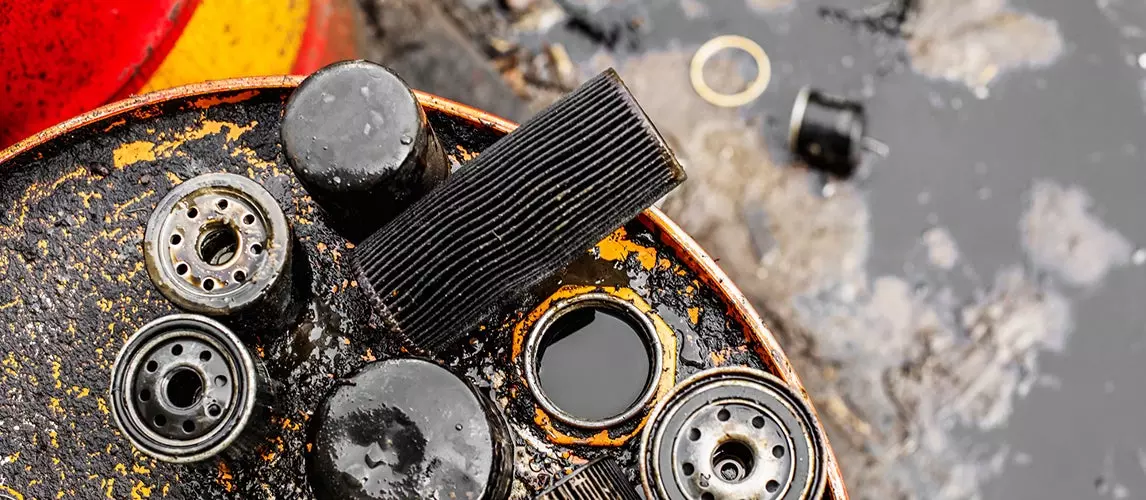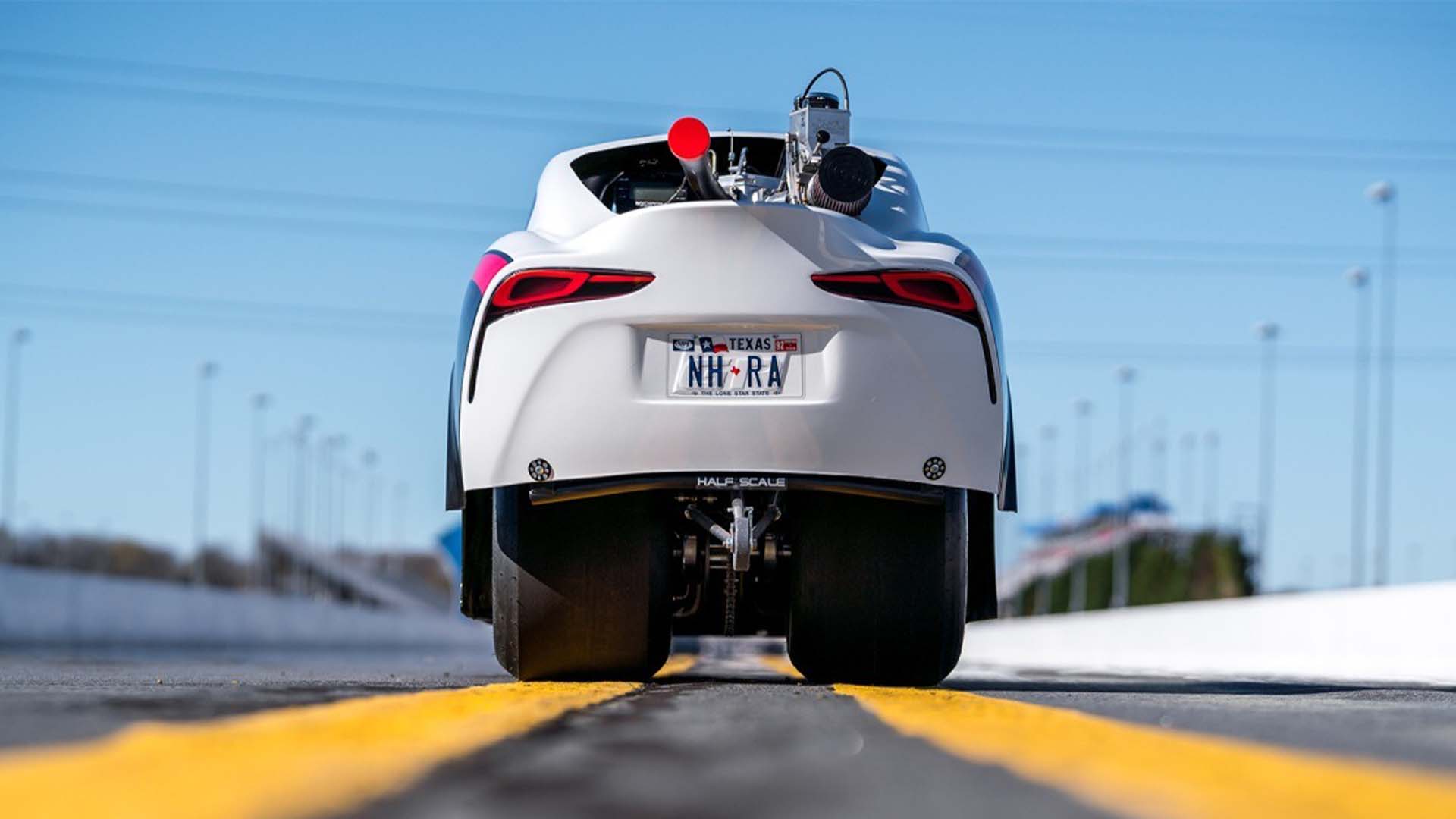Hazardous wastes such as used oil and antifreeze as well as paint should be kept as far away from residential garbage cans, dump sites, and landfills as possible. Doing so doesn’t only harm the people working at these areas. It may also be a cause of contamination that could affect the rest of us. They should never be poured directly down drainage, as they may contaminate your water supply. If you don’t have the slightest clue on how to deal with this type of waste, we suggest reading on so you can learn a thing or two about properly doing it.
Batteries
First, let’s talk about one of the most common types of hazardous waste out there today. This comes from a product that’s used by children and adults alike. They can be found in things like video game controllers and electric toothbrushes. Of course, we’re talking about batteries. If you don’t know how to properly throw away batteries, it could lead to groundwater contamination. People might get sick if they come into contact with this tainted water. Some municipalities have areas where you could drop off your used batteries. If you don’t have this where you live, the best way to get rid of batteries isn’t to throw them away, but rather to recycle them.
In particular, car batteries can be recycled with just a little bit of effort. You can get the lead plates from these as well as modest amounts of sulfuric acid. In a lot of states, when the time comes to get a new battery for your car, auto shops might charge you a small, refundable amount for your old battery. There’s no need to worry. Again, this amount is refundable when you give them the used battery. With the recent rise of green living advocacies, most cities these days also have designated locations for you to drop off your used batteries.
Related Post: Best Car Battery
Paint and Gasoline
Next, let’s talk about how to get rid of paint and gasoline waste. Never, and we repeat, never, pour old paint or gasoline directly into your pipes. MTBE, an additive in most gasoline products, has recently been identified as a major contributor in groundwater contamination. If this were to continue, this and other gasoline additives may affect our sources of drinking water. To dispose of gasoline, the best course of action would be to leave it an open container in a well-ventilated location. This will allow the hazardous waste to dry out on its own.
Not all well-ventilated locations are made equal though, make sure that the one you use is secure and does not contain any flammable materials. You wouldn’t want any accidents happening from disposing of gasoline. If you want to get rid of old paint that’s lying around in your garage, you can also leave it out to evaporate in a place with good ventilation. This technique also applies for the thinning material you used to strip the paint. Containers with large openings let these substances dry out faster compared to ones with smaller ones.
Remember that this technique only works with smaller amounts of hazardous waste. We’re talking a couple of quarts max. You could also divide the waste into smaller containers to speed up the process. If you’re dealing with larger amounts of paint or gasoline, it would be better to take it directly to the hazardous waste management system. They’d know how to dispose of it. Waiting for large amounts of paint or gasoline to dry out would just be a waste of time. Don’t bother using this technique with coolants as well, since it’s also going to take a long time to finish.
Oil and Oil Filters
The next type of hazardous waste that’s most commonly improperly disposed of is used oil and oil filters. Plenty of cars get oil changes every single day, so you could just imagine how much waste oil is produced in that time. A single oil change requires at least four quarts of oil. They say that prevention is often times better than a cure, so if you’ve just gotten your oil changed at an auto shop, we suggest getting an oil drain pan with a tight cap. This allows you to properly store your car’s old oil until the next time you have to change it.
You should also get your hands on an oil drain pan if possible. These pans have a grate that helps you drain your used filters to get the used motor oil out. If you can, take a page out of the playbook of auto shops, and puncture or crush your old oil filters. This lets you get every last drop out of them before you throw them out. Allow them to drain for a couple of hours, or if you can, let them drain overnight to ensure that you’ve gotten as much of the used oil out as possible. Even the smallest amount of oil can be a source of contamination.
Take the used oil and transfer it to some dry, clean plastic bottles. Plastic milk jugs would do just the trick. Just remember to properly label these containers so they won’t get misplaced, or worst, thrown away in an improper manner. In a lot of cities, auto shops that do oil changes are actually required to take a certain amount of used oil from their patrons. This oil is either used to power furnaces or recycled into other petroleum energy sources. If you handle your used oil in this manner, you’ll only have to deal with it at every other oil change.
The same applies for the motor oil that’s left over from new canisters. You’d want every last drop out of these as well. The easiest, and possibly best, way to do this is by hanging the bottles upside down and leaving them to drip for a couple of hours or overnight. The leftover oil from a single oil change – approximately four quarts of motor oil – could be used for other devices such as your lawnmower or motorcycle. Once there’s no more motor oil left in the bottles, they can be tossed into the regular recycling along with your other plastic products.
Related Post: Best Synthetic Oils For Your Engine
Brake Fluid
Improper disposal of brake fluid has also become quite a problem. Due to the fact that this product is alcohol-based, it could be harmful when ingested, so keep it as far away from animals and children as possible. It’s common knowledge that you should use a jar or a plastic bottle to catch the excess when you’re bleeding your car’s brakes. Don’t just let it run off on the ground where it could reach the drainage. The best way to get rid of brake fluid is not to leave it an open container. Rather, pour it over some cat litter and let it evaporate there.
Coolant
Next up, we have coolant or antifreeze. This is another commonly used car product, which could be hazardous if not disposed of in the right manner. Gone are the days when it was acceptable to simply throw coolant into the sink or use it to kill the weeds in the backyard. Your best bet would be to put the used antifreeze in a pan with a tight lid. Afterwards, fill your car’s radiator up with clean water and turn on the engine for a couple of minutes. This allows the water to mix with the remaining coolant. Drain and refill as many times as necessary.
When you’ve gotten out as much of the used antifreeze as possible, the next step would be to take it to an auto shop. Larger shops actually have coolant recycling machines. These nifty devices can filter out the glycol from your old antifreeze. Afterwards, the shop will add an additive, which helps make the coolant almost as good as new. Just be sure to use clean pans and containers when storing and transporting your coolant. If you use some that have already been in contact with other materials, you may not be able to get your coolant recycled.
Related Post: Best Antifreeze
Tires
Lastly, we have old tires. It’s actually quite difficult to dispose of them, which is why you see stacks of them just lying around. What’s worse is that these could collect rainwater and become a breeding ground for disease-carrying mosquitoes. You can take your chances and call up your city’s garbage disposal to see if they’ll take in your old tires. If you’re lucky, they’ll take them in on any regular garbage collection day. If not, you may have to go to a particular place at a certain time to get rid of them. Another option would be to pay a small amount to an auto shop for them to take your old tires. They’ll know how to put them to good use.
These methods of getting rid of hazardous waste may seem like more effort compared to just throwing them directly down the drain. However, you’ll be much safer in the long run if you take the extra bit of time needed for proper disposal.
Related Post: Best All Season Tires and Best Snow & Winter Tires
Sources:
- How to Dispose of Brake Fluid – YourMechanic Advice
- How Does Oil Recycling Work? – HowStuffWorks









